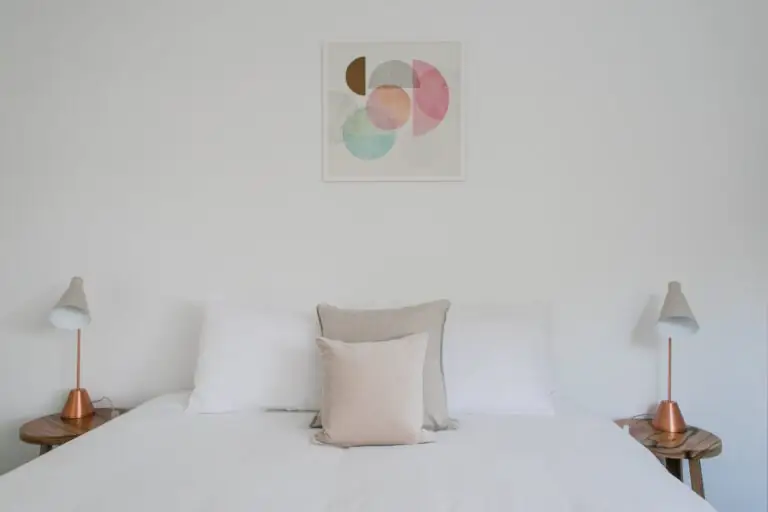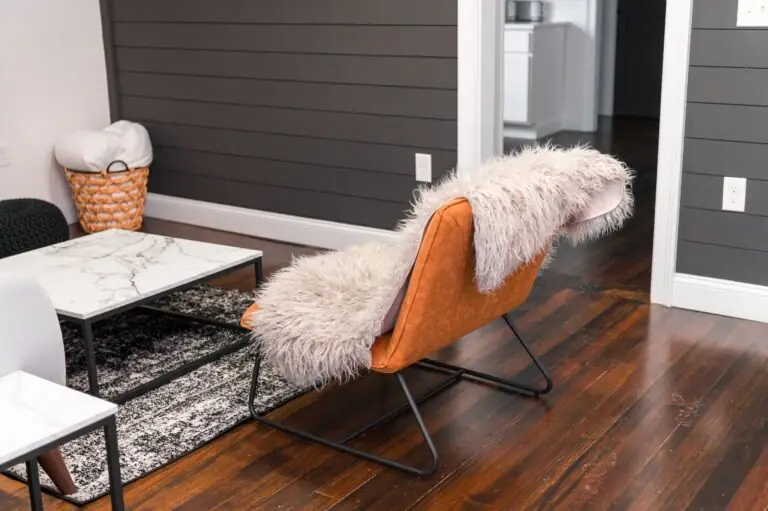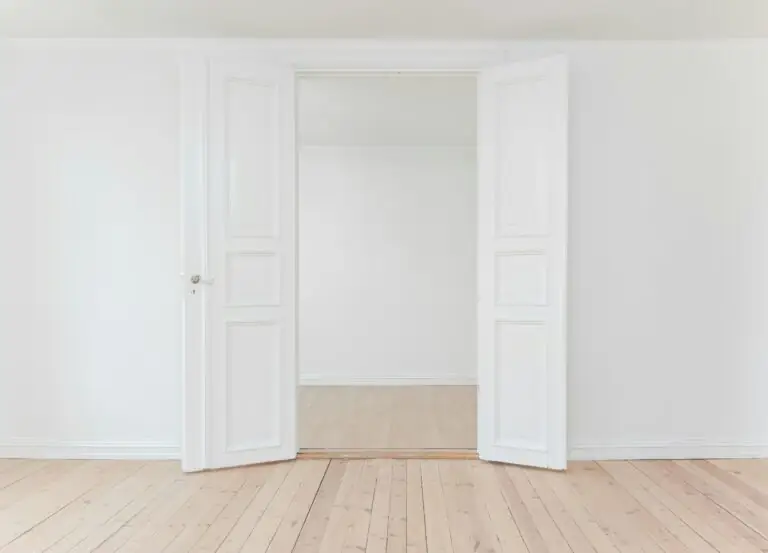How to cover wood paneling: modern decorating ideas and tips
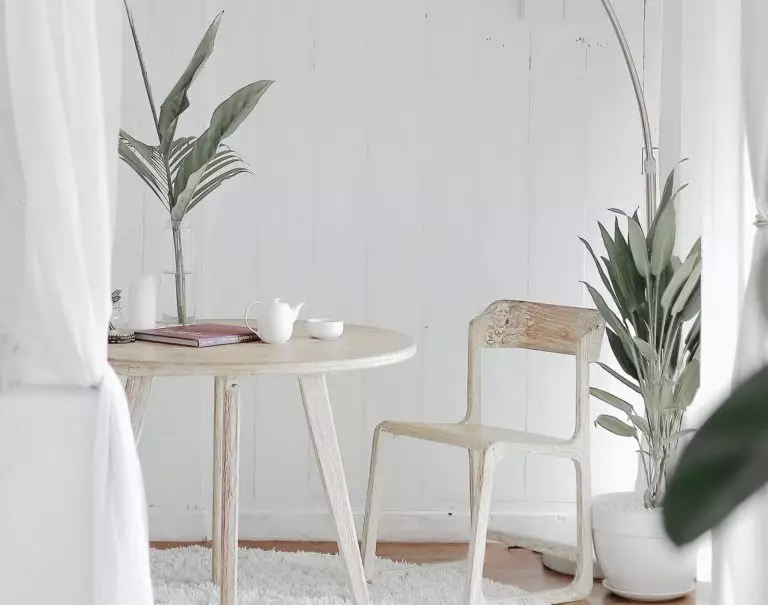
Over the past couple of decades, wood paneling has emerged as one of the most popular wall finishes. Environmental friendliness, noble texture, variety of solutions – all these arguments in favor of such materials are incredibly relevant for modern interiors. Simplicity, naturalness, and home comfort without any frills come to the fore with wood paneling.
However, no matter which type you choose, be it the elegant classic boiserie or the charming shiplap in its commitment to the farmhouse, you will still think about changing their appearance sooner or later. Perhaps you just want to change their shade, slightly improve the texture, or just slightly restore cracked and worn elements. In any case, all this will be an occasion to study in more detail the methods and options for covering various types of wooden panels. We will discuss how you can give your walls a more stylish, relevant, or simply updated look.
Which panels can you cover?
For those who are not too versed in modern finishing materials, it may seem that wood panels are wood panels, and these finishing options do not shine with an exceptional variety. However, this is nothing more than an annoying delusion, and there are at least two dozen types of panels.
However, this does not mean that you can use paint and covering compositions and materials with any wooden elements. Somewhere, this simply will not be necessary, and some of them simply cannot be subject to additional coatings due to the peculiarities of processing. That is why, before taking on the renovation of your walls, it is worth knowing whether your panels are recoverable. So, you can safely start looking for varnish and paint or look for any ideas if your walls are finished with the following types of panels:
As you may have already noticed, all the types of panels mentioned refer to more traditional options that have been used in decoration for a long time. Thanks to the open texture of the wood, all types mentioned above lend themselves to different kinds of finishes, which allows you to change their appearance as often as you want. However, with more modern solutions such as 3D panels, veneered and asymmetric elements, this is impossible and impractical. Firstly, their coatings exclude the penetration of any coloring compounds, and secondly, if necessary, the 3D wall panels can be easily dismantled and replaced without inventing anything.
You can apply wallpapers, paints, etc. on walls and see how they look in various interiors.
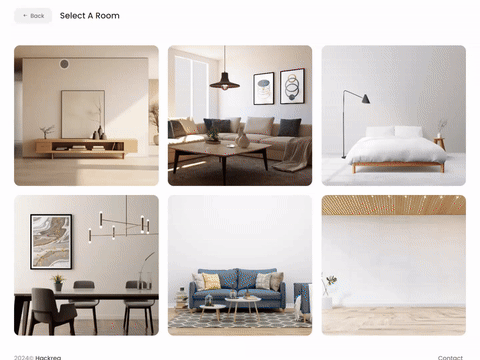
How to cover wood panels: modern solutions and ideas
So now is the time to move on to talking about how to make your wood paneling look different. In fact, there are not so many ways to change their appearance, but all of them are more or less available. Moreover, you can quickly implement some of them yourself. Let’s talk in more detail about each of them.
Paint
Painting the wood paneling – what could be easier? Especially when you have so many colors and shades at your disposal for every taste. You can choose absolutely any tone to refresh the wall decoration. However, designers recommend paying attention to the color and the composition of the paint. Today, professionals use the following types of enamels for interior decoration:
When planning to paint wood paneling, make sure the surface is well prepared. So, the preparation process includes cleaning surfaces from dust, dirt, and remnants of old paint, putty and sealing all cracks, as well as a primer. The more thoroughly the preparation is done, the more beautiful and smoother the paint will be.
Varnish
If you are satisfied with the color of the wood panels, and you just would like to give them more shine or make the shade more expressive, special varnishes for wood will come to the rescue. Experts call them glaze compositions because the varnishes are inherently transparent, leave natural textures open, and have a light yet pleasant decorative effect. Today the following types of varnishes are used for walls:
Even if you are not going to varnish wood panels on your own, check with the specialists what composition it uses – otherwise, there is a risk of encountering a toxic composition, from which there is more harm than good.
Whitewash
If you need a pleasant light color for wood panels, then whitewashing, in this case, will be a very original solution. In this case, this is not at all about a thick layer of lime, as you might think, but about a light, slightly sloppy coating reminiscent of a brushing effect.
To get a similar look, light paint is usually diluted with water, after which it is applied with careless strokes, carefully rubbing them over the surface. As a result, the staining looks uneven, the wood texture remains almost completely exposed, and the atmosphere in the room is charming in its vintage. This technique will be advantageous in rooms decorated in a country, French country, and farmhouse style.
Contrast staining
This type of coverage is suitable for those who want to make a room decorated with shiplap or slats more modern. To do this, the panels themselves are painted in one color, and the grooves between them are covered with a contrasting tone. After such processing, the walls look more impressive and stylish – and besides, the wood paneling visually raises the ceiling. Another advantage of this technique is the variety of combinations – you can afford any combination of shades according to your idea.
Use of wall decor and art objects
Sometimes it is entirely unnecessary to do anything with the panels themselves – especially if it is possible to disguise them very cleverly and at the same time aesthetically. The wood can hold any, even heavy, and complex wall decor, the choice of which is yours – it can be paintings, mirrors, decorative panels, photo collages, and even flower pots.
Another disguise option is shelves and curtains. Correctly selected elements will emphasize the beauty of the wood texture, add ergonomics and volume. Who said this is not wall decor?
Complete closure of wood panels
If you are tired of wood or decide to transform the interior radically, you will probably need smooth walls. Do not rush to rip off the shiplap or remove the slats – just cover them with drywall sheets with the following treatment. Alternating wood and drywall can also be a good solution – this way, you can create very original niches and give the space an impeccable rhythm.
Wood wall paneling cover-up: Conclusions + Photo Gallery
Wood wall panels inspire countless interior design ideas. We gave you just a few examples, but there are many more options for transforming premises with such a finish. Don’t be afraid to experiment – the wood is very friendly to change!

